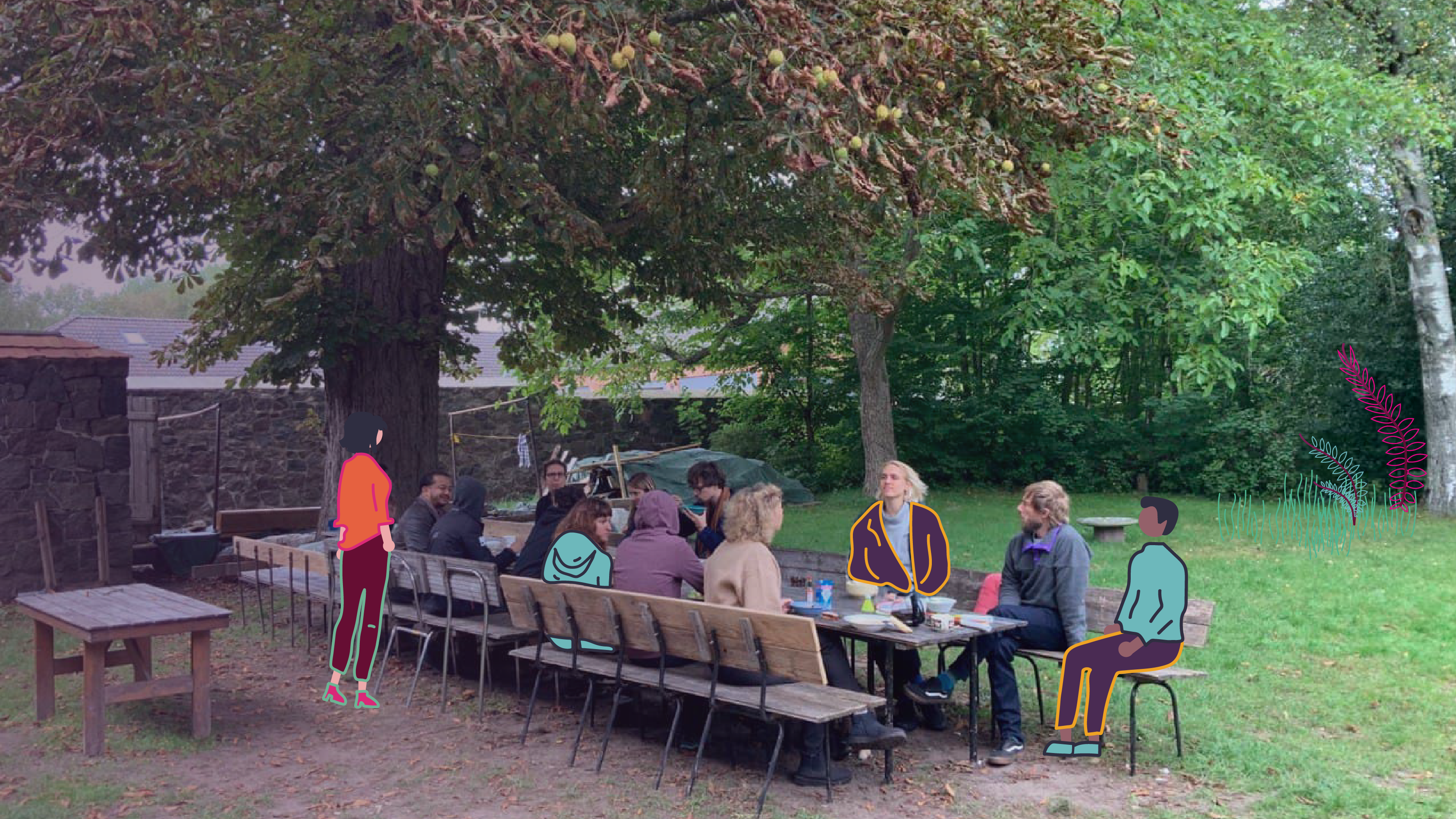A simple way to help Circles: Funding the Relayer
Say you’re a fan of the Circles project, and you want to help out keep it running and stable for all users. One easy way to help, one that doesn’t require any coding and can all be done from your own home, is checking on and funding the relayer. What is the relayer you ask, and why does it need to be funded? Well, listen here friends …
(Blockchain nerds can skip this paragraph) Circles is running on a blockchain called xdai, and many of the interactions with the circles app involve sending transactions on the blockchain. A transaction is like a message, sent by you, about what you want the blockchain to do. Unfortunately (but necessarily) transactions have a transaction fee, and that transaction fee needs to be paid in the native currency of the blockchain you’re using, which in our case is called xdai. Because most Circles users don’t have xdai (and many don’t use cryptocurrencies outside of Circles) our team chose to “relay” transaction on behalf of users. This means that we pay the transaction fees in xdai, and users pay us with a small amount of their Circles token. The service we use to do this we call the “relayer”.
So we have the relayer, which is paying transaction fees for all Circles users using xdai. Maybe you can guess from here, but this means the relayer needs to have some xdai — it’s constantly spending small amounts of xdai. And sometimes, it runs out. When it does, Circles users stop being able to send transactions. This can happen suddenly, and it can happen in the middle of the night. Our team has been doing our best to check in on it regularly, but sometimes we are busy (or asleep!). This is where you come in.
Sending a small bit of xdai to the relayer when it runs out is a small, easy way get Circles running more smoothly for everyone. Let’s look at how!
Step one: Check on the relayer balances
There are two accounts used by the relayer, and either or both of them can run out of xdai. If that happens, we can’t relay transactions. Before funding them, it’s worth taking a look to see how the supply is doing. You can use blockscout to check the balances of both accounts, which are 0x0739a8D036c966aC9161Ea14855CE0f94C15B87b and 0x0276d6d8fB555894f11d933994154D7C37574746.
Here’s the first one on blockscout: https://blockscout.com/poa/xdai/address/0x0739a8D036c966aC9161Ea14855CE0f94C15B87b/transactions
And here’s the second: https://blockscout.com/poa/xdai/address/0x0276d6d8fB555894f11d933994154D7C37574746/transactions
If either of them are looking low, it’s a great time … to continue reading!
Step two: Get some initial cryptocurrencies
Unless you already have xdai, your first step may actually be getting some dai. Dai and xdai are different cryptocurrencies, but they’re linked, so you can easily swap one for the other. You could buy xdai directly, but since dai is more widely used,it can be bought on more services. You will also need a small amount of ether in order to send transactions on the ethereum blockchain, where dai is running. If you already have an account on an exchange that sells dai and ether, you can use that. If not, we recommend installing the browser extension Metamask (https://metamask.io/) and using Moonpay (https://www.moonpay.io/).
You can set up Metamask immediately, but buying dai and ether on Moonpay may take a few days to arrive in your account. Don’t be alarmed, we can confirm it works for us!
Whatever services you use to get some of the initial cryptocurrencies, you will need 1) the amount of dai you want to fund the relayer with (dai is exchanged 1-to-1 for xdai, so it uses the equivalent of about .5 dai/day at the time of this writing) and 2) enough ether to send a couple transactions (currently 0.02 eth should be plenty).
Step three: Convert your dai to xdai
This step is pretty quick — you can use something called a token bridge to transfer dai on the ethereum blockchain to xdai on the xdai blockchain. Check it out here: https://dai-bridge.poa.network/
Just type the amount of dai you’d like to exchange for xdai, and click the transfer button. Metamask should prompt you to connect to the site, and you can approve the transaction. Make sure as you’re sending this that your Metamask is connected to Ethereum Mainnet (it should say so at the top).
Step four: Ssssssend it!
You’re almost ready to fund the relayer! First you’ll want to set up your Metamask for connecting to xdai — we could write a tutorial for that too, but you’re probably better off using the official one. You can find it here: https://www.xdaichain.com/for-users/wallets/metamask/metamask-setup
Once Metamask is connected to xdai, you should see the xdai you just sent yourself using the token bridge. You’re ready to fund the relayer!
The current relayer addresses are 0x0739a8D036c966aC9161Ea14855CE0f94C15B87b and 0x0276d6d8fB555894f11d933994154D7C37574746. Using Metamask, you can send a small amount of xdai (or a large amount, up to you!) to these addresses. Before sending your transactions, triple check that you’re connected to xdai, not another blockchain network, and you’re ready to go! You can confirm that we’ve received it by checking the status board at https://dashboard.circles.garden/ — these funds will be used to pay for transactions throughout the Circles ecosystem!
Many thanks to all who’ve made it this far, we are so grateful for your help and support, as are the many people who use Circles
❤️
YOU MIGHT ALSO LIKE



 Web Of Trust (WoT)
Web Of Trust (WoT)
Dsrrptv + Dscntrlzd ≠ Dscnnctd: A Review on Disruptive Technologies and Data Protection